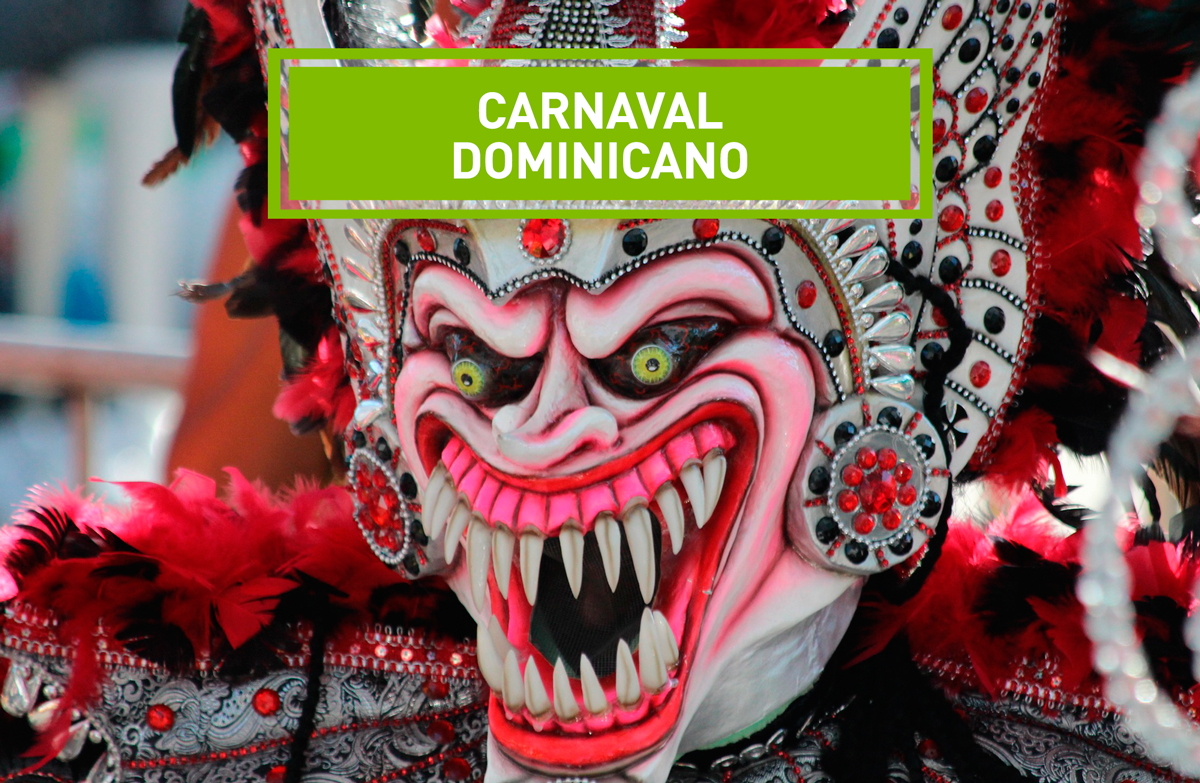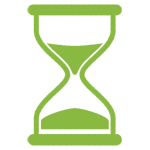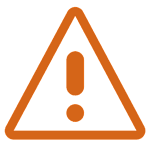The dominican Carnival

The carnival in the Dominican Republic is one of their most important celebrations. Every year, all Sunday of February and beginnings of March, the Dominicans celebrate one of their most rooted traditions, which is a true expression of his identity.
The carnival it´s a pagan festival, wich takes place before lent. Despite not being admitted by the Church as a religious celebration, it is celebrated only in countries of Catholic tradition. Its name comes from the term "carnem levare" which means "to remove the meat." This refers to the three days before Easter, the time of fasting in which no meat was eaten.
Although it is a tradition inherited from the Spanish in the fifteenth century, he Dominican carnival has undergone a great transformation influenced by the Taino and African culture, which resulted in a carnival full of colors, rhythms and a lot of tradition.
One of the most prominent attractions are the different characters, with their masks made by local artisans. The Diablo Cojuelo, with his imposing masks full of colors, is one of his most important characters. In addition to the Diablo Cojuelo, another of his most famous characters are the Guloyas, Roba la Gallina, the Lechones, Califé, Se me muere rebeca, and many more.
Although each region has its own characteristics, the main parade is held in Santo Domingo, which is usually the first Sunday of March. During that day, on the Malecon of Santo Domingo, everyone gathers to watch the happy parades and the extravagant floats that come from the villages, and that are passing to the rhythm of the typical carnival meringues.
Although each region has its own characteristics, the main parade is held in Santo Domingo, which is usually the first Sunday of March. During that day, on the Malecon of Santo Domingo, everyone gathers to watch the happy parades and the extravagant floats that come from the villages, who are passing to the rhythm of the typical carnival meringues.
Descubre Punta Cana



